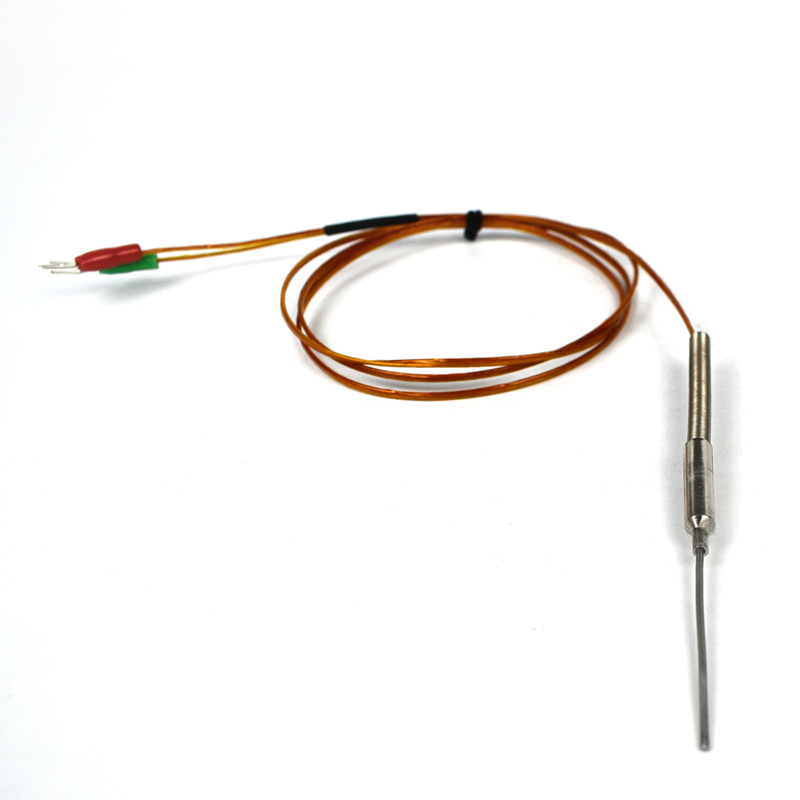How is a thermocouple different from a thermistor?

The thermistor is made of a material that has a strong response to temperature. This response appears as a change in device resistance, which can be positive or negative depending on the material. In this sense, the thermistor requires a small excitation current to detect its resistance, and thus the temperature.
The thermistor is essentially just a temperature-dependent resistor. A properly calibrated thermistor will measure the absolute temperature at which it is placed.
A thermocouple is a dot junction of two different metal wires. Usually two metals are welded together to form a small bead to form a junction. This is a practical issue for controlling location and thermal quality, but there are thermocouples where two different metals are in contact.
Thermocouples utilize the Seebeck effect, which is the phenomenon that metals form a voltage gradient along a temperature gradient. The intensity of the voltage gradient is expressed by the Seebeck coefficient of the metal. Therefore, two separate and different metal wires that experience the same temperature gradient will produce different voltages.
When one end (thermocouple junction) of these two wires is shorted together, a measurable voltage is generated between the two opposite ends. This voltage is a function of the temperature change over the length of the wire. Therefore, to measure the temperature at the junction, you need to know the temperature of the free hanging end of the two wires.
A thermocouple is an active device, but it only measures relative temperature. In addition, it should be noted that the two wires are subject to the same precise temperature gradient.
2020年7月22日 17:31
ꄘ浏览量:0








